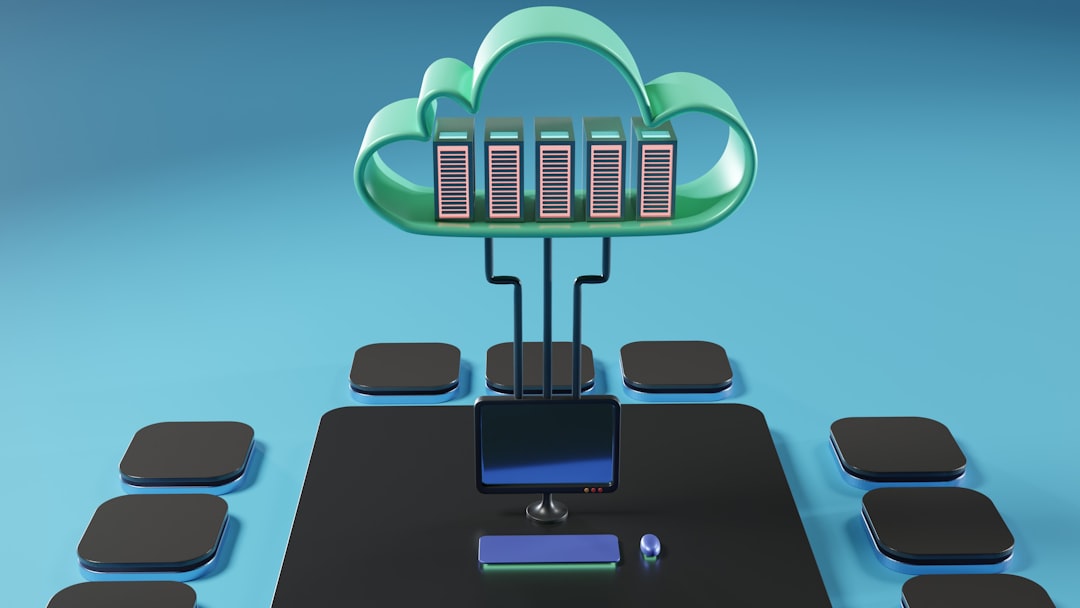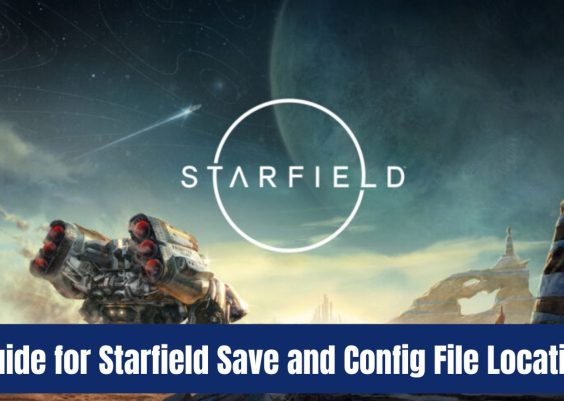In today’s digital landscape, cloud computing services have become the backbone of modern IT infrastructure. Two commonly heard terms are OCI (Oracle Cloud Infrastructure) and SaaS (Software as a Service), both of which play vital roles in cloud ecosystems. However, they serve different purposes and are structured in vastly different ways. Understanding the differences between them is essential for businesses making decisions about their IT strategies and cloud investments.
At its core, OCI refers to a set of cloud services offered by Oracle that allows users to build and run a wide range of applications and services in a highly available, high-performance environment. On the other hand, SaaS is a cloud delivery model where software applications are hosted by a provider and made available to users over the internet. Let’s explore these concepts in greater detail.
Contents
What is Oracle Cloud Infrastructure (OCI)?
OCI is Oracle’s Infrastructure as a Service (IaaS) platform designed to help users deploy, manage, and scale applications in the cloud with security, performance, and reliability at its core. It provides computing, storage, database, and networking capabilities, and it also supports Infrastructure as Code (IaC) and DevOps workflows.
With OCI, organizations can:
- Launch virtual machines and bare metal servers.
- Store data securely and reliably.
- Leverage advanced networking and load balancing options.
- Run applications in isolated, dedicated environments.
OCI is more about giving developers and IT teams the tools and infrastructure to build and manage their own environments. It’s flexible, customizable, and meant for technical users who want complete control over their architecture.

What is SaaS?
Software as a Service (SaaS), in contrast, is a cloud computing model that delivers software applications over the internet. SaaS applications are fully managed by the vendor, from the underlying infrastructure to updates, patches, and maintenance. Users simply access the software via a web browser or application interface.
Common examples of SaaS include:
- Google Workspace (Docs, Sheets, Gmail)
- Salesforce CRM
- Microsoft 365
- Oracle Fusion Applications
SaaS products are perfect for users who want a ready-to-use solution and don’t want to worry about managing hardware, software installations, or data backups.

Key Differences Between OCI and SaaS
Here’s a breakdown of the major differences between OCI and SaaS delivery models:
| Feature | OCI | SaaS |
|---|---|---|
| Ownership | User manages infrastructure | Vendor manages everything |
| Customization | Highly customizable by user | Limited customization options |
| User Expertise | Requires technical knowledge | Usable by non-technical users |
| Deployment Time | Longer setup and configuration | Quick deployment and use |
| Maintenance Responsibility | Handled by the user | Handled by the provider |
Use Cases
Organizations may choose one or both models depending on their needs:
- OCI: Ideal for businesses that need flexibility, scalability, and more control over their computing environments. Great for custom application development, analytics, and enterprise workloads.
- SaaS: Best for businesses needing immediate access to business tools like email, CRM, or financial management systems without the hassle of deployment or maintenance.
Conclusion
While both OCI and SaaS operate in the cloud domain, they serve very different purposes. OCI provides the foundational cloud infrastructure allowing businesses to build and manage their own solutions, while SaaS offers finished products that can be used immediately. Understanding these differences helps organizations choose the right combination of technologies to drive innovation and efficiency.
Frequently Asked Questions (FAQ)
- Q: Can OCI host SaaS applications?
A: Yes, SaaS applications can be built and hosted on OCI, leveraging its infrastructure capabilities. - Q: Is it possible to customize SaaS applications?
A: SaaS applications typically offer limited customization compared to IaaS or PaaS solutions like OCI. - Q: Which is better for startups: OCI or SaaS?
A: SaaS is generally better for startups needing quick access to software tools without heavy investment in IT infrastructure. - Q: Does using OCI require programming knowledge?
A: While not strictly necessary, having programming and system admin knowledge is beneficial when working with OCI. - Q: How does security compare between OCI and SaaS?
A: Both offer robust security features, but in OCI users have more control and responsibility, while in SaaS the vendor manages security aspects.



